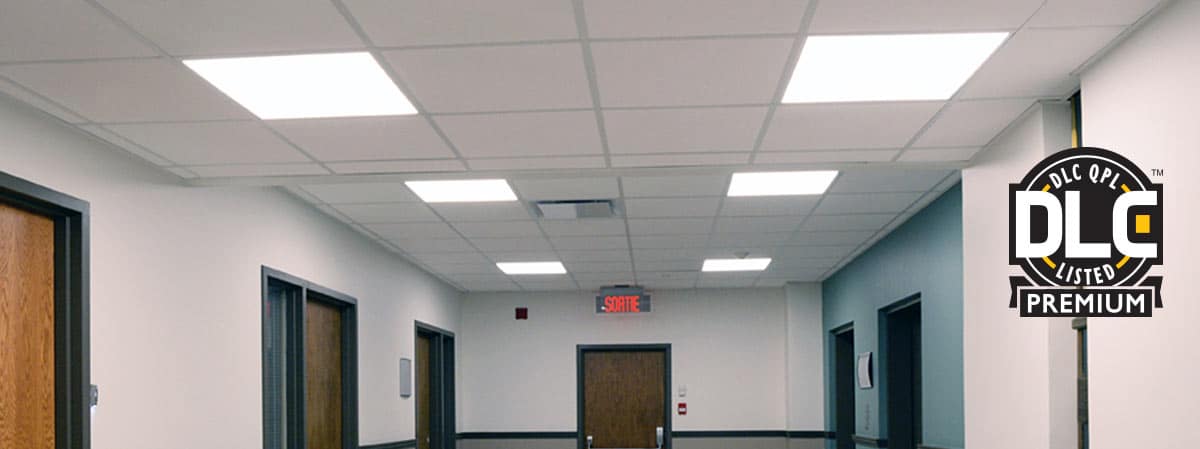 A new acronym has made an appearance in the lighting industry and it's the DLC certification. It has led many lighting designers, distributors and specifiers to inaccurately assume that it is a mandatory requirement for the purchase or sale of LED lighting. Indeed,
many of our own products are DLC certified, which is short for the
DesignLights Consortium. The truth, however, is that it is not mandatory. Let us explain.
A new acronym has made an appearance in the lighting industry and it's the DLC certification. It has led many lighting designers, distributors and specifiers to inaccurately assume that it is a mandatory requirement for the purchase or sale of LED lighting. Indeed,
many of our own products are DLC certified, which is short for the
DesignLights Consortium. The truth, however, is that it is not mandatory. Let us explain.
What is the Design Lights Consortium?
According to the DLC website:The DLC ® is a non-profit organization whose mission is to drive efficient lighting by defining quality, facilitating thought leadership, and delivering tools and resources to the lighting market through open dialogue and collaboration.DLC certification is a utility-based initiative. Numerous organisations in the United States and Canada base rebate programs on DLC standards for products including high bays, wall packs, roadway luminaires, retrofit kits, LED panels, and more. The DLC is a voluntary certification initiative for LED technology. In order to certify, lighting products must comply with minimum performance standards in three critical areas, such as:
- Distribution
- Colour
- Longevity / stress
How does DLC differ from ENERGY STAR?
 DLC is a regional group that started out as a project of the
Northeast Energy Efficiency Partnership (NEEP). It does not presently certify LED products. In order to establish product quality and performance, manufacturers must therefore seek out independent evaluations of their LED products. Although the qualifications for
Energy Star and DLC are similar, DLC evaluations are in fact more comprehensive. DLC has consequently become a prevailing standard among LED lighting manufacturers. One of the reasons DLC listing is increasingly popular is the growth of LED fixture rebates from utilities. Since the Energy Star label is not applicable to LED fixtures, most fixture-focused utility rebates require the DLC label for the product to qualify.
DLC is a regional group that started out as a project of the
Northeast Energy Efficiency Partnership (NEEP). It does not presently certify LED products. In order to establish product quality and performance, manufacturers must therefore seek out independent evaluations of their LED products. Although the qualifications for
Energy Star and DLC are similar, DLC evaluations are in fact more comprehensive. DLC has consequently become a prevailing standard among LED lighting manufacturers. One of the reasons DLC listing is increasingly popular is the growth of LED fixture rebates from utilities. Since the Energy Star label is not applicable to LED fixtures, most fixture-focused utility rebates require the DLC label for the product to qualify.
